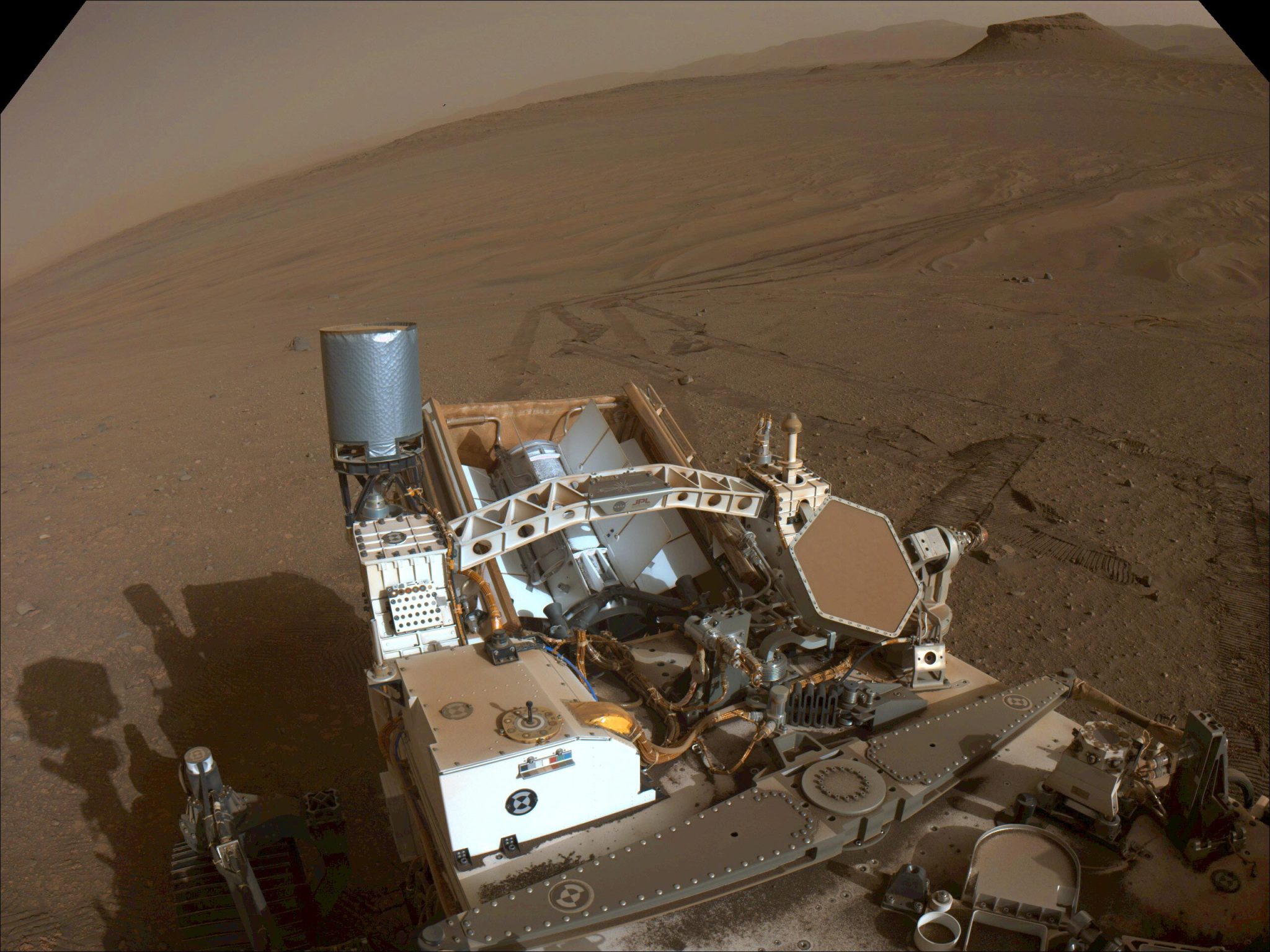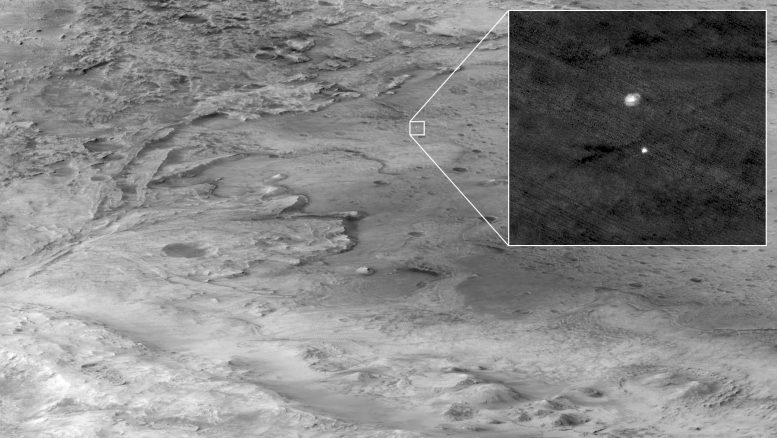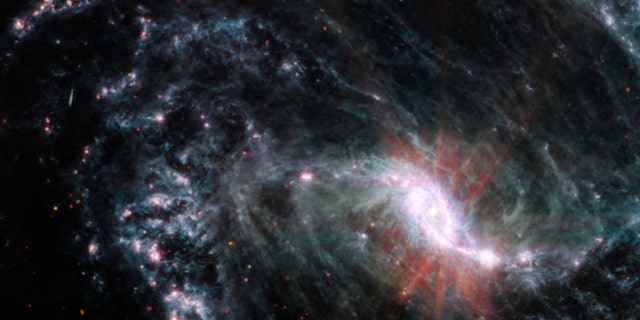The moon makes its close approach to Jupiter on Wednesday (Feb.22) with the two celestial objects also sharing the same right ascension in the afternoon sky, an arrangement called a "conjunction."
According to In the Sky (opens in new tab) from New York City the conjunction between the 2-day-old waxing crescent moon and the solar system's largest planet will be visible soon after the almost new moon rises at 08:12 EST (1312 GMT). The conjunction will be visible until around 8:38 p.m. EST (0138 GMT).
During the conjunction, the moon will be in the constellation Cetus while the massive gas giant planet Jupiter will be in the constellation Pisces. The crescent moon will be quite bright with a magnitude of -10.2, while Jupiter will have a magnitude of -2.1. The minus prefix before the two magnitude values indicates particularly bright objects over Earth.
If you can't make it outside to view the spectacle yourself or if conditions aren't right, you're in luck: the Virtual Telescope Project is hosting a free telescope livestream of the event starting at 2:00 p.m. EST (1900 GMT).
Related: See a bright Venus and Jupiter hold a celestial meeting in the night sky this month
Read more: What is the moon phase today? Lunar phases 2023
Both the moon and Jupiter with have a right ascension of 00h39m10s during the conjunction, while the moon has a declination of +01°49' and Jupiter a declination of +03°00'.
Despite the fact that the objects will make a close approach, technically known as an appulse, the moon and Jupiter won't be close enough to be viewed in the narrow field of view of a telescope. The conjunction will be visible in the wider field of view of binoculars, however.
Conjunctions between the moon and Jupiter occur roughly once a lunar cycle, but the gas giant isn't the only planet in the solar system to regularly meet up with the moon. Earth's main natural satellite moves rapidly along an imaginary line in the sky over the planet called the ecliptic. The elliptic carries the moon past the constellations and the planets of the solar system, resulting in lunar conjunctions with the solar system planets that happen around once a month.

Solar system planets can also share the same right ascension, being they can be in conjunction to each other, but these planets move much more slowly along the ecliptic conjunctions between the planets are far rarer than conjunctions with the moon.
One notable example is the conjunction between Jupiter and its fellow gas giant Saturn, known as a "great conjunction." Such a planetary conjunction happens only around once every 20 years, and during a great conjunction, Jupiter overtakes Saturn in its orbit.
Some planetary conjunctions are even rarer than this, however. For example, conjunctions between Uranus and Neptune occur only once every 171 years, according to In the Sky (opens in new tab). This is because these two distant ice giants take 84 years and 165 years, respectively, to complete a trip around the sun.
The next planetary conjunction for Jupiter is on March 2, 2023, when it meets up with Venus, the second planet from the sun.
If you're hoping to catch a glimpse of the moon and Jupiter individually during the conjunction our guides for the best telescopes and best binoculars are a great place to start. If you're looking to snap photos of the night sky, check out our guide on how to photograph the moon, as well as our best cameras for astrophotography and best lenses for astrophotography.
Follow us @Spacedotcom (opens in new tab), or on Facebook (opens in new tab) and Instagram (opens in new tab).
Editor's Note: If you snap the conjunction of the moon and Jupiter and would like to share it with Space.com's readers, send your photo(s), comments, and your name and location to spacephotos@space.com.
Article From & Read More ( Watch the moon meet up with Jupiter in the night sky tonight - Space.com )https://ift.tt/hBVRNaO
Science








